|
RAF Anti U Boat
Leigh light Selsyn indicator and drive unit (No 21 pg1
Inst)
Here is a very rare
peace it is an indicator from the Leigh light system devised
in 1942 to aid planes of coastal command when attacking
U-boats at night.
Its a large instrument measuring just over 20cm across.
The operator could aim the light at the submarine before it
was switched on, based on the radar display.
The light is moved by either electrical or hydraulic remote
control and its position fed back using the self
synchronising motors ("selsyn").In many cases the
searchlight was mounted on the starboard wing, hence the
strange asymmetry of the markings. It would unwise to point
the light too far left, as it would dazzle the pilot and
illuminate the plane fuselage.
Selsyn motors were widely used in military equipment for
remote control and indication. A small 3 phase motor in the
indicator is driven by a similar one in the transmitter.
First fitted to the Welligton Bomber which took advantage of
the hole in the base of the Wellington left by the removal
of the ventral turret used on early Wellingtons.
The first confirmed kill came a month later, on 5 July, when
a Wellington piloted by Pilot/Officer Howell, one of many
Americans who had joined the RAF, sank U-502 in the Bay of
Biscay.
Not every Coastal Command aircraft could carry the Leigh
Light. An attempt was made to fit it to the Halifax bomber
in 1944, but the edge of the bomb bay blocked the light. No
attempt was made to fit the Leigh Light to the Sunderland.
It was used with the Liberator, which had much longer range
than the Wellington.
The Leigh Light remained in use throughout the war – at the
end of 1944 Coastal Command had 119 Leigh Light equipped
Wellingtons.
Although the Leigh Light was not responsible for a large
number of confirmed U-boat kills, it did force the U-boat
force to abandon the surface of the Bay of Biscay at night
and generally made life much harder for the U-boat crews.
Prior to the appearance of the Leigh Light, the U-boats had
been safe on the surface at night, using the time to refresh
their air and recharge their batteries.
5T/237
Dated 1943. Click on the pictures to enlarge

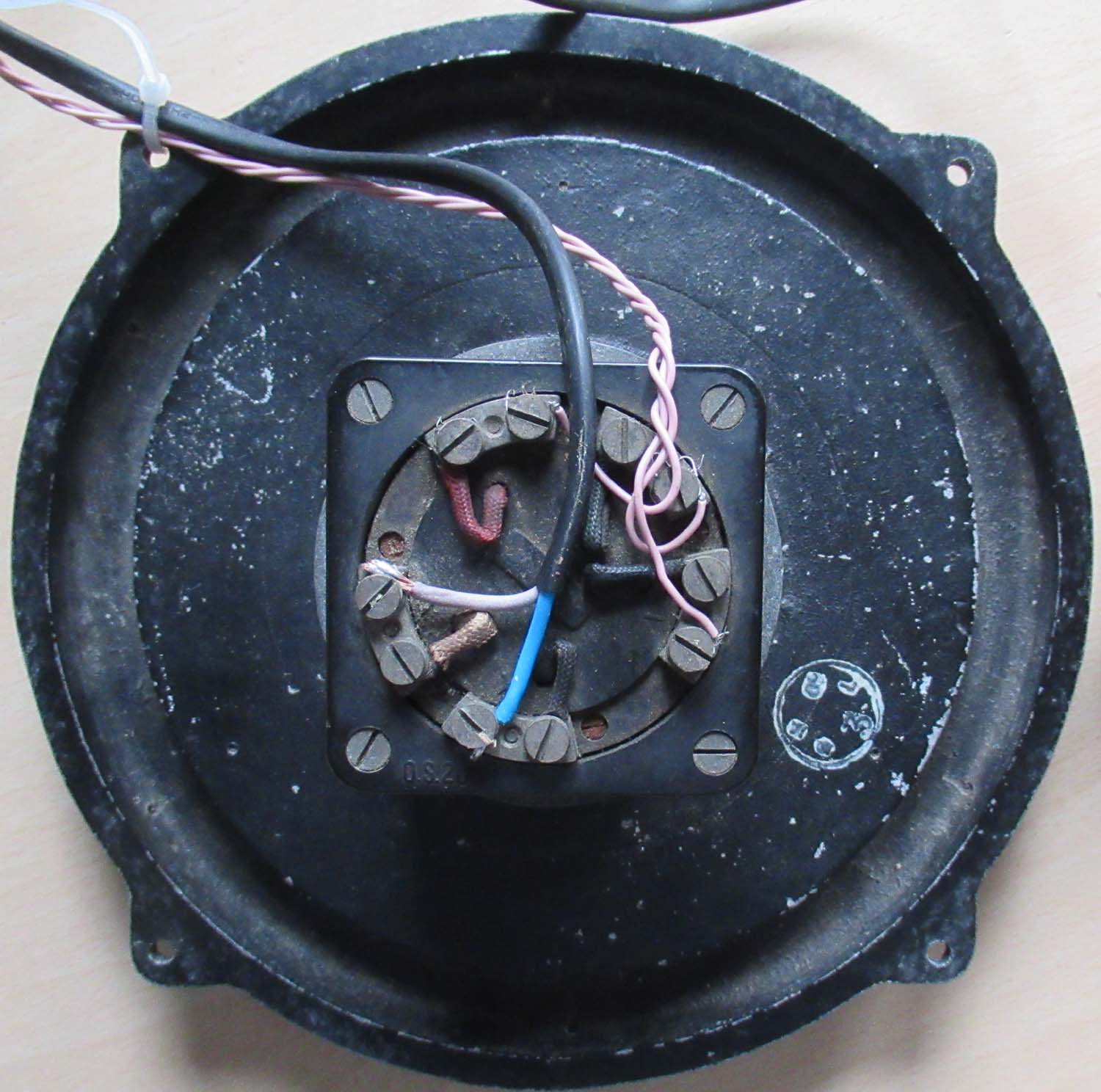
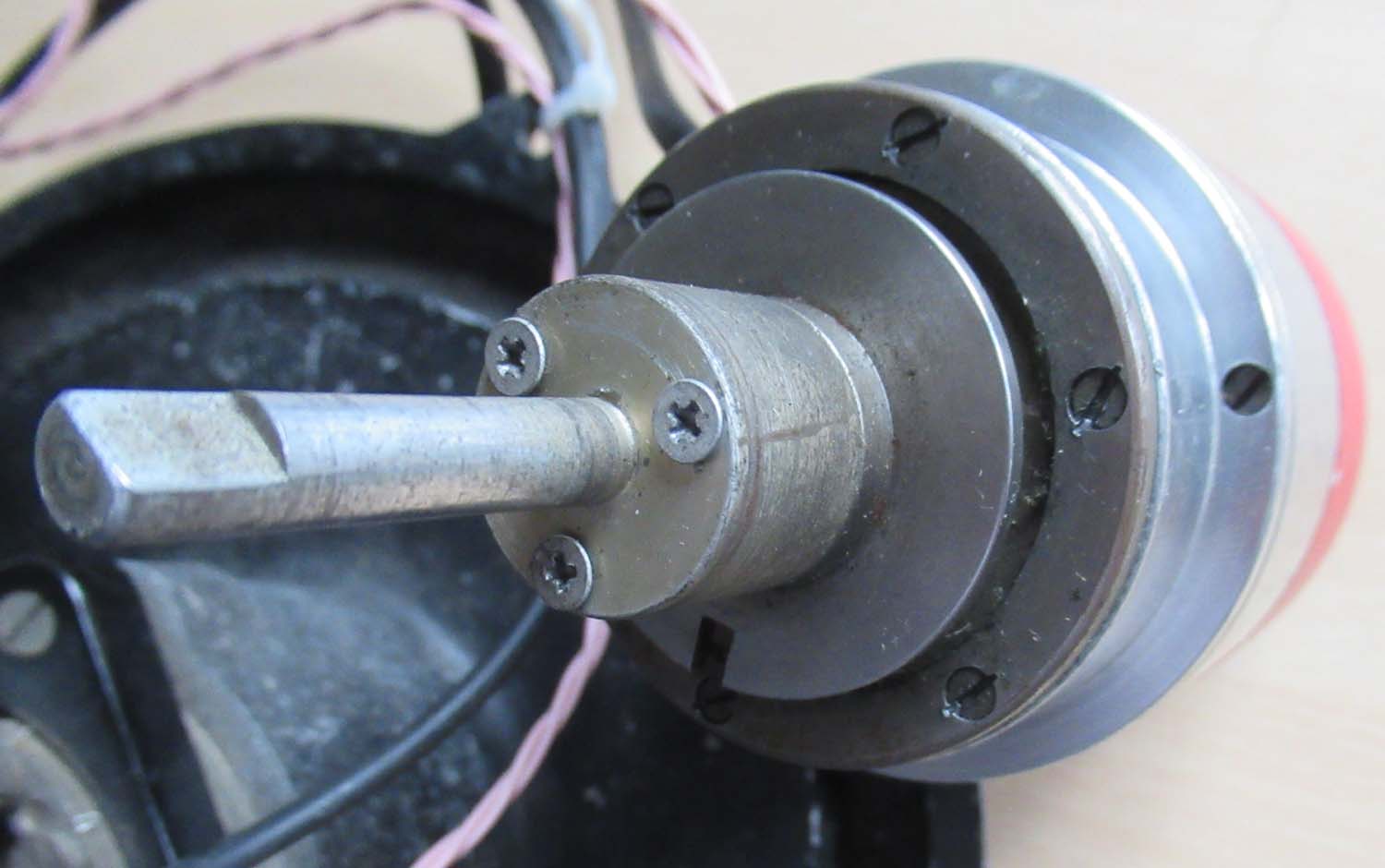
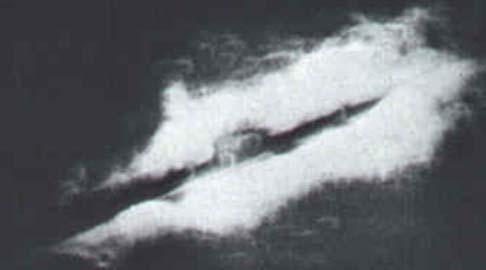
Above far
right the successful test of the Leigh light illuminating a
British Submarine.
.jpg)
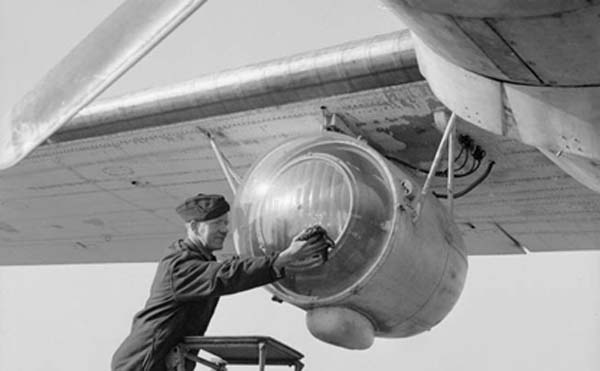 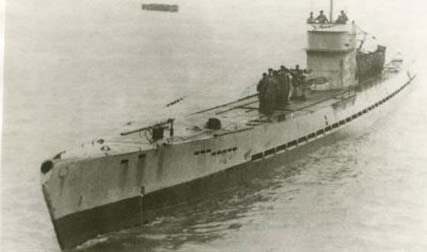
The indicator
shown above left in situ and above a Leigh light. Far right
U 502 the first U Boat sunk using the Leigh light system
The Leigh Light (L/L) was a
British World War II era anti-submarine device used in the
Battle of the Atlantic. It was a powerful (22 million
candela) carbon arc searchlight of 24 inches (610 mm)
diameter fitted to a number of the British Royal Air Force's
Coastal Command patrol bombers to help them spot surfaced
German U-boats at night.
Early night operations with the new Air-to-Surface Vessel
radar (ASV) demonstrated that the radar's minimum range of
about 1 kilometre (0.62 mi) meant that the target was still
invisible when it disappeared off the radar display.
Efforts to reduce this
minimum were not successful, so Wing Commander Humphrey de
Verd Leigh hit upon the idea of using a searchlight that
would be switched on just when the target was about to
disappear on radar.
The U-boat had insufficient time
to dive and the bombardier had a clear view of the target.
Introduced in June 1942, it was so successful that for a
time German submarines were forced to switch to charging
their batteries during the daytime, when they could at least
see aircraft approaching.
Germany introduced the Metox radar warning receiver in an
effort to counter the combination of ASV and Leigh Light.
Metox provided the submarine crew with early warning that an
aircraft using radar was approaching.
Because the radar warning
receiver could detect radar emissions at a greater range
than the radar could detect vessels, this often gave the
U-boat enough warning to dive. Having expected this, the
Allies introduced the ASV Mk. III radar, regaining control
of the battle.
Although the German Naxos
countered these radars, by this time the U-boat force was
already damaged beyond repair.
£275


|
